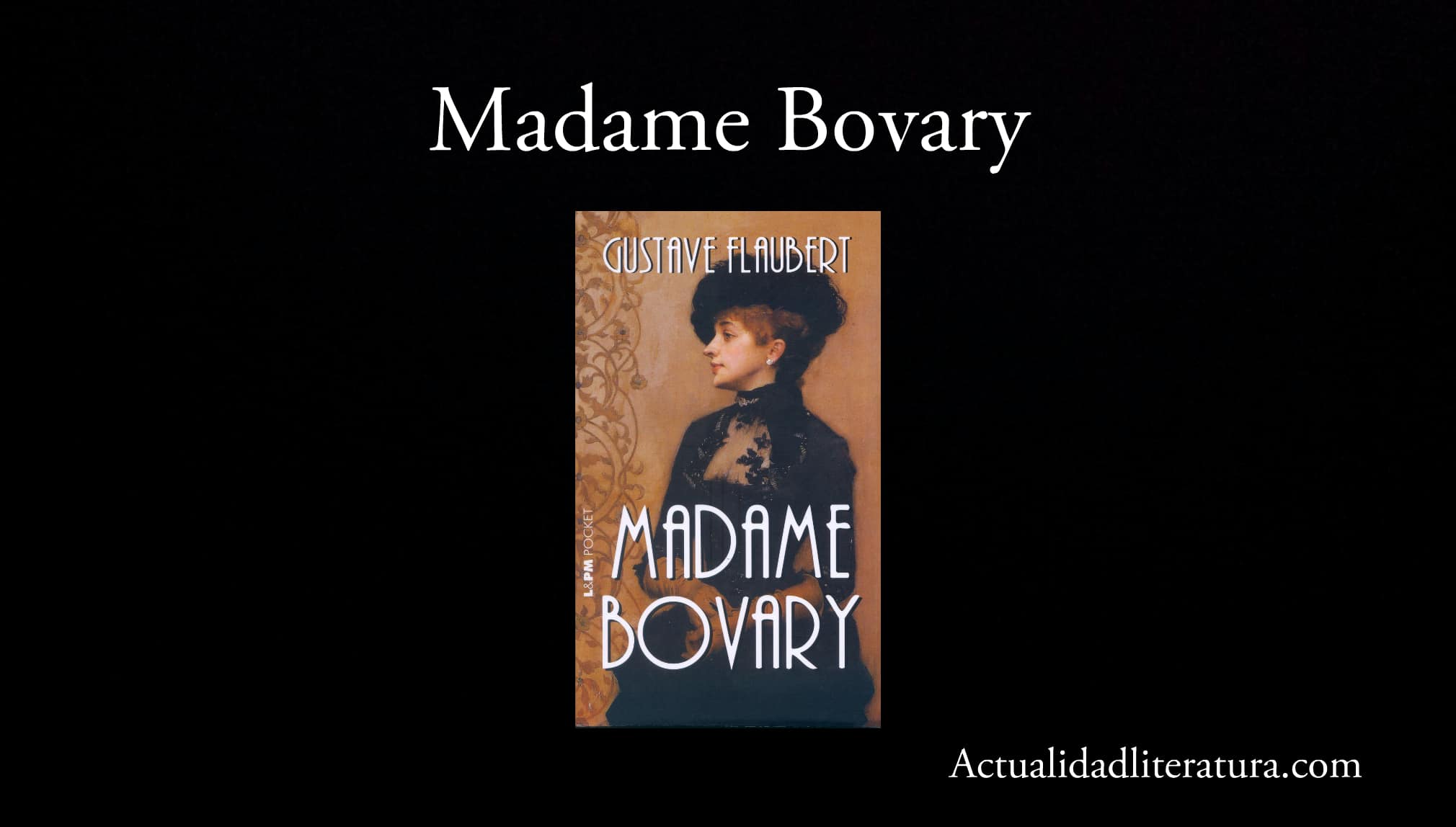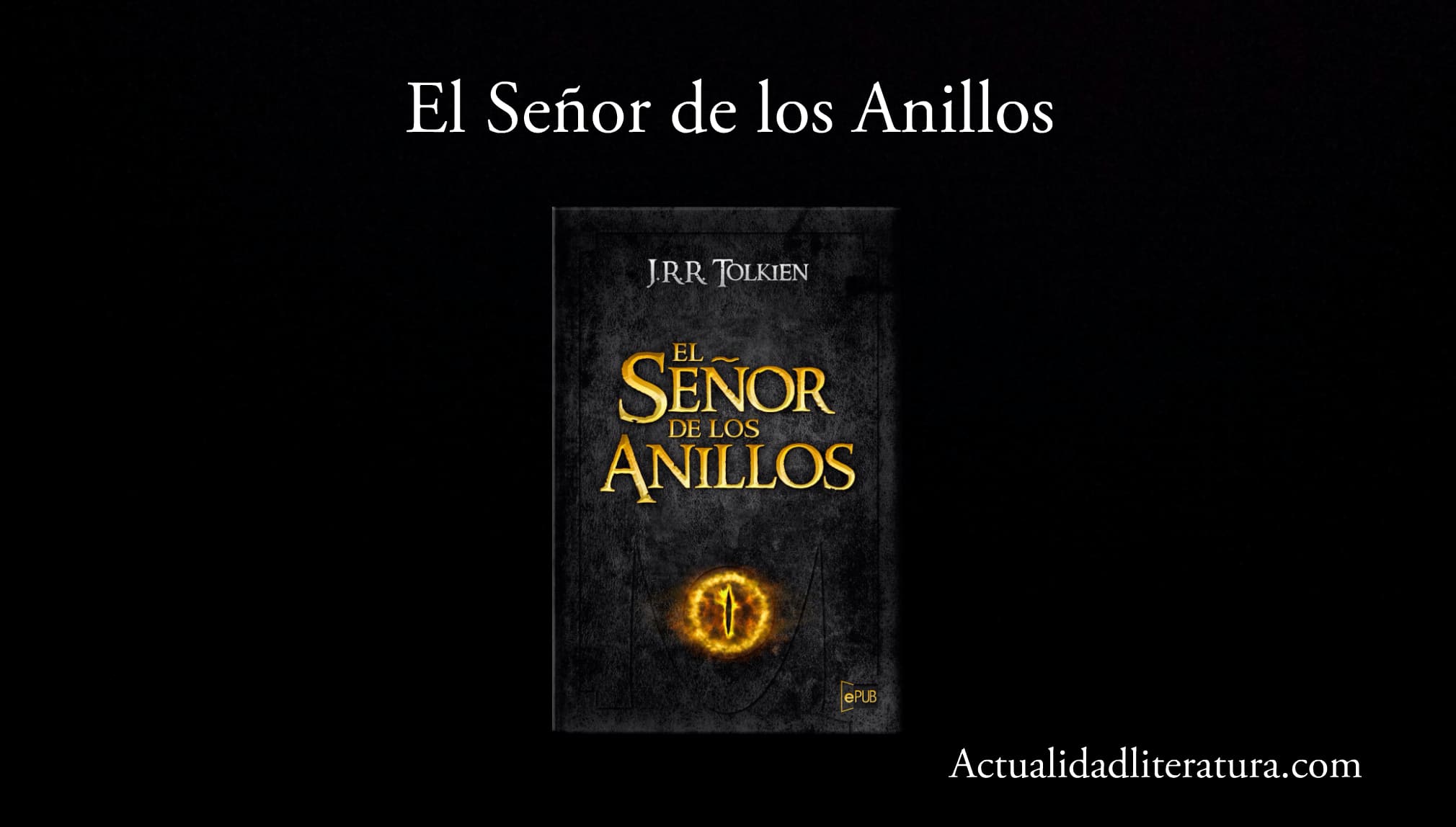
Classes of literary novels.
There are different types of novels, as well as different ways to categorize them. One of the oldest ways to classify the genres of written creation is according to the market to which it is directed. Accordingly, novels could be separated into two large groups: those intended to produce money (commercial) and those of purely artistic origin (literary).
However, the classification criterion based on the commercial aspect is quite conventional, since a novel can be literary and commercial at the same time. Actually, the crucial aspect in literary novel classes is the nature of their plot. That is, if it is based on true events or all part of the author's imagination (or a combination of both).
The language used determines the subgenre of the literary novel
The resources used by the narrator are the most relevant keys when classifying literary creation. Therefore, the forms of expression represent the "individual signature" of each writer to reach the reader, determine their authenticity. The language used must be effective in conveying the intention or feelings of the author.
Otherwise, the investigations carried out (if any) around the subject are lost in the middle of the reading. For example: a very well documented historical novel can lose meaning or gain significance only thanks to the narrative created. Similarly, a 100% fictitious creation can seem completely trustworthy if the writer manages to reach the minds of his readers.
Realistic novels
The purpose of realistic novels show the events narrated in a way that is very similar to reality. In general, it describes characters of integrity or strong character in the midst of everyday situations in an environment of real social problems. Therefore, the social environment is extrapolated in the most faithful way possible.
These aspects are completely palpable in works such as Kill a Mockingbird (1960) by Harper Lee. In this classic of Anglo-Saxon literature, the author was inspired by her own family, her neighbors, and an event that occurred in her community when she was 10 years old. Other well-known titles of this subgenre are:
- Madame Bovary (1856) of Gustave Flaubert.
- Ana Karenina (1877) by Leo Tolstoy.
- The city and the Dogs (1963) by Mario Vargas Llosa.

Madame Bouvary.
Epistolary novel
As its name indicates, in this kind of novel the plot is narrated through written messages of a personal nature. That is to say, through letters, telegrams or intimate diaries, therefore, the participation of the narrator emulates in the reader a feeling of autobiography. Among the most recent publications, Las ventajas de ser invisible (1999) by Stephen Chbosky is very representative of this subgenre.
The Perks of Being a Wallflower (Original English title) features 15-year-old Charlie about to start his freshman year of high school at a new school. His anxiety is enormous due to the suicide of his best friend (Michael) a month earlier and his aunt Helen when he was 7 years old. Therefore, he begins to write letters (without a particular sender) with the aim of trying to better understand his surroundings and himself.
Other universal epistolary novel books are:
- Dangerous friendships (1782) by Choderlos de Laclos
- Daddy Long Legs (1912) by Jean Webster.
Historical novels
Historical novels are literary creations whose plot revolves around a real past event of social and / or political significance. In turn, this subgenre is divided into the illusionist historical novel and the anti-illusionist historical novel. In the first subcategory the author includes invented characters in the middle of a true event. These characteristics are evident in books like The Name of the Rose (1980) by U. Eco.
This book narrates the investigation carried out by Guillermo de Baskerville and (his disciple) Adso de Melk into a series of murders in a monastery in northern Italy during the XNUMXth century. In the second case, the writer has a much more subjective position by modifying (at his discretion) the lives of real people within his narrative. Other legendary works of historical novels are:
- Sinuhé, the Egyptian (1945) by Mika Waltari.
- Absalom! Absalom! (1926) by William Faulkner.

Sinuhé, the Egyptian.
Autobiographical novel
They are those with stories related to various relevant moments in the life of the writer, such as achievements, disappointments, sufferings, traumas, loves ... For this reason, the narrator denotes an introspective position. One of the most famous works of this subgenre is Big hopes (1860) by Charles Dickens. In which, the author mixes the environment of the novel with many of his own personal experiences.
Training novels
They are written works focused on the emotional and / or psychological development of their protagonist (s). Usually, the training novels are composed of: initiation, pilgrimage and evolution. Likewise, they can narrate a specific stage or the entire life of the protagonist. Two emblematic titles of this subcategory are How to Make a Girl (2014) by Caitlin Moran and The catcher in the rye (1956) by JD Salinger.
Science fiction novels
They are novels that are based on technological development to propose alternative scenarios to the reality of the current world. Consequently, their predictive approaches must always be justified from the point of view of the scientific method. The most frequent theme in science fiction is the defects of humanity and the consequences brought about by such failures.
This type of plot is clear in works such as Journey to the Center of the Earth (1864) by Jules Verne or Female man (1975) by Joanna Russ. Moreover, War of the Worlds (1898) by HG Wells ushered in popular alien-themed fiction novels. Likewise, this type of publications on extraterrestrial invasions direct part of their analysis on the miseries of the human species.
Dystopian novels
Dystopian novels are also considered a branch of science fiction novels. They present a perfect-looking futuristic society ... but great underlying deficiencies, causing discontent - overlapping - among part of its citizens. Among the most recent and popular examples of this genre is the trilogy of The Hunger Games by Suzanne Collins.
A classic of this subgenre is 1984 (1949) by George Orwell. It describes a London society from the near future when it was published. Where its alienated inhabitants would be organized in two hierarchies: some dictate the rules and others obey due to their scarce rebellious wood. Another well-known dystopian novel title today is The Handmaid's Tale (1985) by Margaret Atwood.
Utopian novels
Utopian novels present really perfect civilizations. The term "utopia" was coined by Thomas Moore from the Greek words "u" and "topos", which are translated as "nowhere". One of the oldest utopian novel titles is New Atlantis (1626) by Francis Bacon. It narrates the arrival of the protagonist to Bensalem, a mythical territory where its best citizens are dedicated to improving society.
Through the "Baconian method of induction", these "wise men" seek to understand and conquer the natural elements to optimize the quality of life for all. Others classic examples of utopian novels are The island (1962) by Aldous Huxley and Ecotopia (1975) by Ernest Callenbach.
Fantasy novels
They are written works based on imaginary magical worlds, therefore, sorcerers are frequent, fairies and may include arbitrarily taken mythological figures. The great sagas of worldwide diffusion on the big screen belong to this subgenre, among them:
- Harry Potter by JK Rowling.
- The Lord of the Rings by JR Tolkien.
- Narnia by CS Lewis.

Detective novels
They are novels in which the main character is (or was) a member of the police with a plot centered on a crime investigation. Of course, it is impossible to talk about detective novels without mentioning the iconic inspector Poirot created by Agatha Christie for many of her books. Other universal series of the subgenre are:
- The books of Perry Mason by Erle Stanley Gardner.
- The tales of Sir Arthur Conan Doyle starring Sherlock Holmes and John Watson.
Pulp fiction novels
They are considered a commercial product (created for mass consumption of texts) among detective and science fiction publications. A classic of pulp fiction novels is Tarzan and the apes (1912) by Edgar Rice Burroughs; one of the first best-selling novels in history. Another work of similar repercussion was The curse of Capistrano (1919) by Johnston McCulley (starring El Zorro).
Horror novels
Horror novels relate disturbing incidents that are intended to generate fear in readers. Stephen King with The Shining (1977) marked a milestone in this subcategory. According to the author himself, the title was inspired by the passage "We all shine on ..." of the song Instant karma by John Lennon. It was the first hardcover best-selling book in history.
Mistery novels
It is a subgenre closely related to the detective novel. It is important to put the following in perspective: all detective novels belong to the mystery subcategory, but not all mystery novels are starred by detectives. These premises are clear in works such as The Name of the Rose by Umberto Eco (it is also a historical novel) and The girl on the train (2015) by Paula Hawkins.
Gothic novels
Gothic novels are works that include supernatural, terrifying, and / or mysterious elements. The theme usually revolves around death, the perishable and the inevitability of misery. A frequent element in the setting are old castles, dilapidated buildings (ruined churches or temples) and haunted houses.
Among the best-known titles in this subcategory, the following stand out:
- The monk (1796) by Matthew G. Lewis.
- Frankenstein or the modern Prometheus (1818) by Mary Shelley.
- Dracula (1897) by Bram Stoker.
Cowboy novels
The westerns are works set in the far west of the United States (in the post-civil war period). Aside from the typical cowboy disputes, they generally include Native American issues in their fight against the settlers. Arguments about local justice and the hardships experienced on cowboy ranches in the late XNUMXth century are also common.
Between the great classics of cowboy novels, they can be named:
- The virginian (1902) by Owen Wister.
- The heart of the west (1907) and the tales of Arizona nights by Stewart Edward White.
Picaresque novels
This class of novels has unconventional protagonists (anti-hero or anti-heroine), histrionic, prone to breaking the rules of social behavior. In the same way, his characters are almost always cunning or rogue, easily interfering in vicious habits. The picaresque novel arises during the so-called Spanish Golden Age, being The guide of Tormes (1564) considered the first of its kind.
However, Mateo Alemán's works were the ones that spread the genre, characterized by his critical stance towards the typical formalities of his time (XNUMXth century). Although picaresque novels can induce some kind of moral reflection, this is not the main objective. Probably the best-known picaresque novel classic of all time is The Ingenious Gentleman Don Quijote of La Mancha (1605), by Cervantes.
Satirical novels
They are novels by authors who use ridicule as a neuralgic resource to provoke in the reader a reflection or at least, generate doubt. This type of reaction seeks to propose an alternative solution around a specific (problematic or disturbing) situation. Some examples of this subgenus are Rebelion on the farm by George Orwell, and The Adventures of Huckleberry Finn by Mark Twain.
Allegorical novels
As the name implies, allegorical novels have a plot developed to refer to some other event (which may be real) or situation. Therefore, the language used is loaded with a symbolism that aims to generate moral, religious, political and / or social questions. Among the works of allegorical novels, we can name Lord of the Flies (1954) by William Golding.
Golding's book contains a strong message of social criticism. Wherein human evil is represented by Beelzebub, Philistine mythological figure (later adopted by Christian iconography). Another example of an allegorical novel is the series of The Chronicles of Narnia by CS Lewis (due to his religious speculation). As well as Rebelion on the farm of Orwell for his reflection on a sociopolitical revolt).